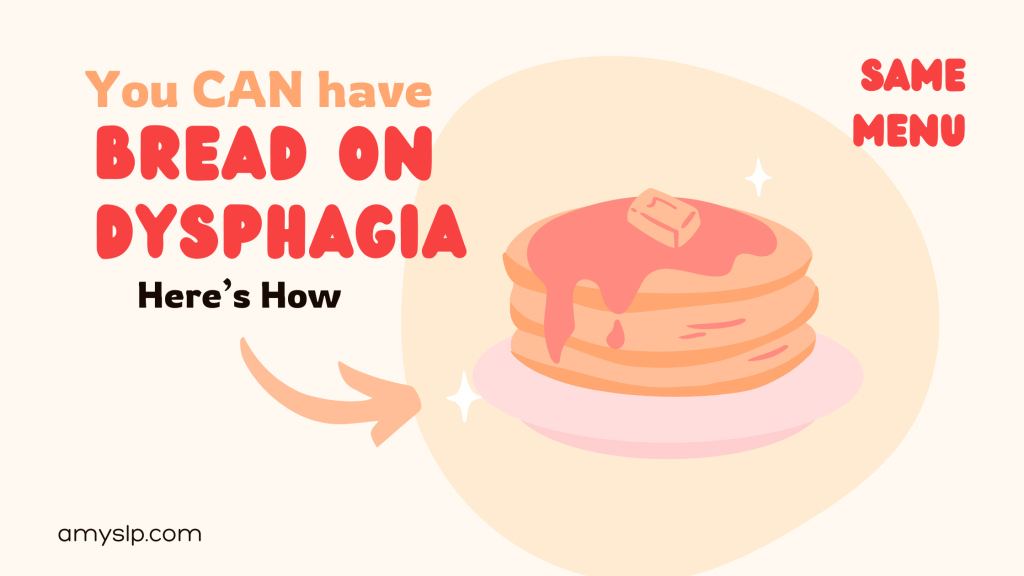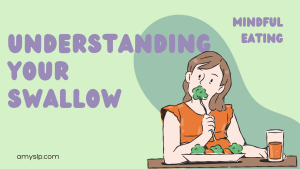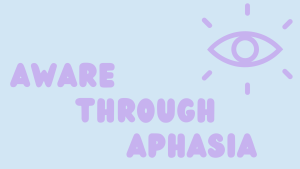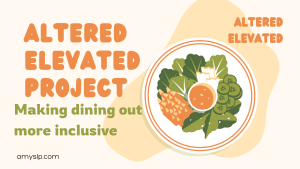Bread.
For many of us, it’s more than just a side dish. It’s comfort. It’s connection. It’s the vehicle for butter, jam, cheese, and the linchpin for holiday stuffing. But if you or someone you care for has dysphagia, you may have heard that bread is off the table.
Good news: it doesn’t have to be.
As a speech-language pathologist with a deep love for the kitchen, I’m here to tell you that with a little technique (and the right tools), you can enjoy bread safely, even on a texture-modified diet. Let’s talk about pregelling.
What’s the Big Deal With Bread?
Bread is tricky when it comes to dysphagia. Even if it feels soft to us, it can quickly turn into a sticky, doughy mass in the mouth. That paste can be hard to control, difficult to chew, and dangerous to swallow—especially for people with lower energy or poor coordination of the swallow.
Because of this, traditional bread is often a “no-go” on most dysphagia diets. But that doesn’t mean it’s forever gone. This is where pregelling comes in.
So, What Is Pregelling?
Pregelling (also know as pureed bread or slurry bread) is the process of saturating bread with a liquid before it’s eaten, transforming it into a safer, more uniform consistency that meets the guidelines of the IDDSI framework (International Dysphagia Diet Standardization Initiative).
Think of it as marinating, but for safety.
Instead of dipping bread and hoping for the best, you’re allowing it to soak until it’s fully hydrated with a thickened liquid, then blending or cutting into pieces. This method allows you to control the outcome and ensure it matches your or your loved one’s prescribed level.
Why Pregelling Works
By saturating the bread evenly with a liquid, you:
Prevent gumminess
Improves bite’s ability to stay together (aka easier to manage timing of swallow)
Allows you to infuse flavor and moisture
What Liquids Can I Use to Make Pureed Bread?
This is where it gets fun! This part of the recipe is yours; it gives you the freedom to explore both sweet and savory recipes. Depending on which you’re going for:
Sweet:
- Milk or cream
- Fruit juice (apple, grape, cranberry)
- Nutrition shakes
- Yogurt or Pudding
Savory:
- Chicken, beef or vegetable broth
- Tomato and other smooth soups (not chunky)
- Gravy
- Cheese sauce (liquid at room temperature)
How to Pregel Bread Safely
Here’s a simple method to get you started:
You’ll need:
Bread (start with a soft white or potato bread—crusts removed)
A thickened liquid that is neutral or compliments flavor of dish
A shallow baking dish or sheet pan
A fork or spoon for IDDSI testing (like the Fork Drip Test or Spoon Tilt)
Step-by-Step:
Choose your base
Soft, crustless breads work best. Dense breads like multigrain or sourdough can be used, but you may need more time and liquid.
Choose your liquid
Add liquid to a dish. If you have chosen a thin liquid, you will want to add thickness via a fortifying protein powder or ground rolled oats, chia or flax, ensuring no clumps remain. Cornstarch will only work if you will be cooking the liquid to a boil.
Soak the bread.
Option #1: Bread Slices can be used whole for presentation like a sandwich or french toast. You can fill the bottom of the pan and place the pieces in them.
Option #2: Tear the bread into small pieces and pour the thickened liquid over it. Let it sit until fully absorbed. Overnight soaking can help you save time at meals and offers assurance that the breads will have time to start gelling.
Test it.
Use IDDSI testing methods to make sure the texture is safe. For purée, the spoon should hold its shape and slide off with minimal residue. For minced & moist, it should be able to sit on a fork without falling through, though the pieces on their own should fit in between the forks tines.
Serve warm or cold, depending on the dish.
Sweet & Savory Ideas to Try
Once you get the hang of pregelling, the possibilities are deliciously open. Here are some fun applications:
🍓 Sweet:
Cinnamon French Toast Purée – pregelled with thickened vanilla almond milk, pureed with cinnamon and a hint of maple syrup
Bread Pudding Bites – soaked in thickened eggnog or spiced cream and gently heated for dessert
PB&J Mash-Up – pregelled bread mixed with a swirl of peanut butter powder and thickened strawberry nectar
🧄 Savory:
Thanksgiving Stuffing Bowl – pregelled with thickened turkey broth, and herb infused butter
Garlic Toast Purée – soaked in thickened savory stock, then blended with roasted garlic and parmesan
Cheesy Sandwich Spread – white bread soaked in thickened tomato soup, blended with cheddar for a cozy lunch
Final Thoughts
If you or someone you love is following a texture-modified diet, know this: food should still be enjoyable. It should smell good. It should taste good. And it should feel familiar. Bread can absolutely be part of that picture again—with a little care, creativity, and culinary know-how.
Pregelling isn’t just about technique. It’s about giving people back those small joys.
So yes, you CAN have bread with dysphagia. And now you know how.
Want recipes and video tutorials? I’ve got you covered—visit the Same Menu section on amyslp.com for hands-on guidance, tips, and downloadable IDDSI charts to make your kitchen a safer, tastier place.




